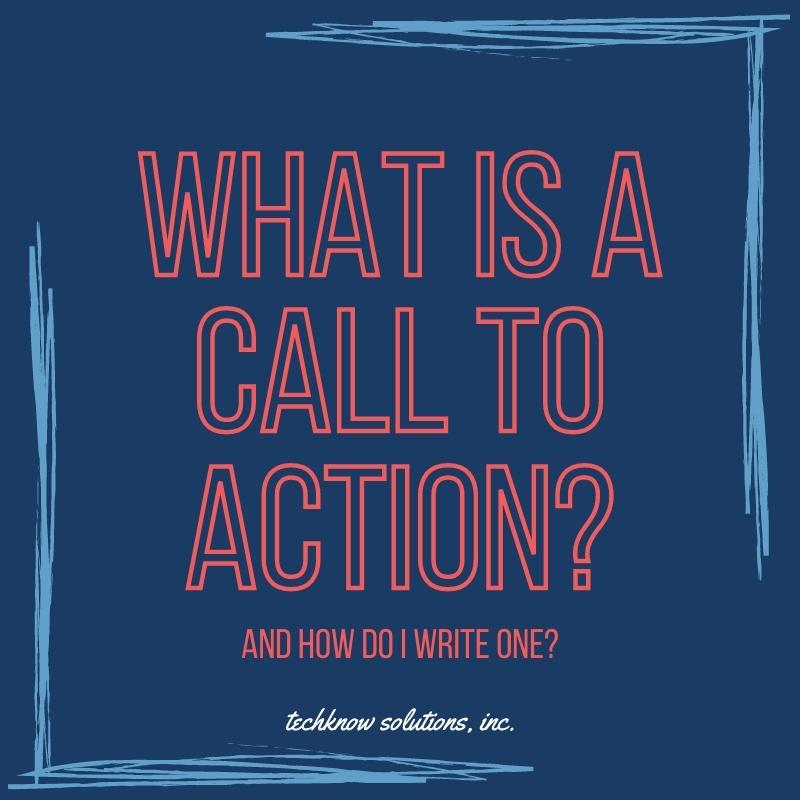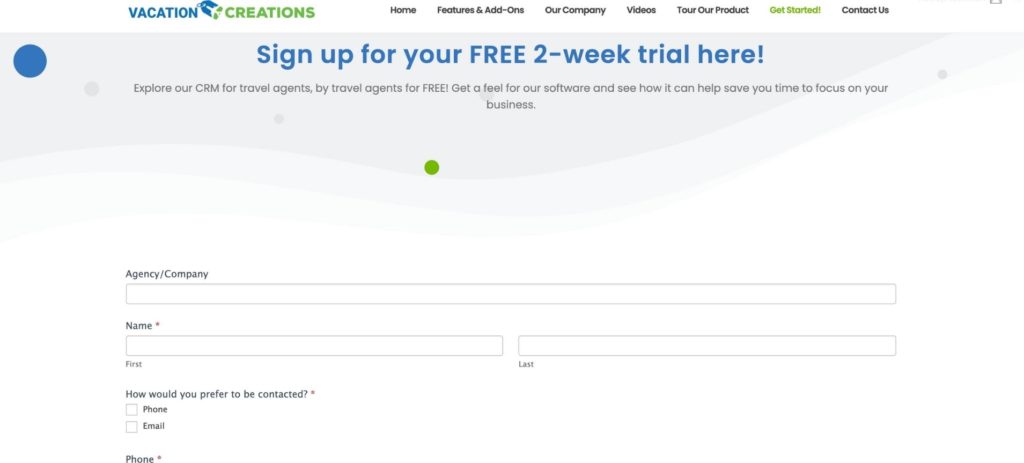
26 Apr What is a Call to Action & How Do I Write One?
What is a Call to Action and How Do I Write One?
A call to action (CTA) is one of the most important aspects of your website. When customers are on your website, you want to compel them to click.
So, what even is a call to action and why do I need them on my website?
What is a Call to Action?
A call to action (CTA) is an element of your website that is there in the hopes that your website visitor performs a specific action. No matter if you are asking them to subscribe to a newsletter, give you their email, or download your ebook, asking them to do a certain task is a call to action.
Most Common Call-to-Action Methods
Calls to action aren’t one size fits all. Your call to action depends on your goal.
- Buttons
- These are the classic call to action. On a website, it stands out from your text and images and compels visitors to click. While these are usually seen on websites, they can also be used in your email marketing. You can see an example of this type of CTA at the top of our homepage.
- Convert a Lead
- Calls to actions are most commonly used to make a sale or convert a lead. Placing CTAs on pricing pages or on other areas relevant to your sales can help get your audience to commit to the sale. This can come in the form of buttons, pop ups, forms or more. Forms work best when you are trying to get more information from your customers.
- Social Media
-
- Placing links to your website on your social media helps drive traffic to your site. You can also do this the other way, asking the visitors on your website to share blog posts on their social media to increase the engagement on the site.
- Videos
- Whether they are on your website or social media, videos can be an effective way to help generate more leads.
- Newsletter
- With it becoming increasingly easier to craft your own newsletters, they have become more popular. These newsletters can easily be tailored to specific audiences. You can also run A/B tests on your calls to action track your click rates.
Action Words You Can Use for CTAs
You want to keep these short and to the point, so you need to make the most of the words you are using. Before you decide on what it will say, you need to keep your goal in mind.
- Purchase Intent
- If you are clearly pushing sales, make it obvious. Things like “Add to Cart”, “Buy Now” and “Try Free Now” let customers know that they will be buying a product (or trying the free version of it). You also want to use words that create a sense of urgency. Words like “Now” and “Only” help create the need to buy right then instead of later.
- Subscription Based
- If you are offering a service that requires a subscription, it is best practice to offer a free trial. This allows your potential customers to know what they are signing up for. Words like “Demo”, “Subscribe”, or “Try Free” usually offer fast results.
- Educational
- When your main goal is to educate, use words that help your audience understand how it can help them. Popular phrases for educational content are “Learn More”, “Find Out How” and “Check It Out”. While it sounds like you may not be gaining much from this type of CTA, you can usually at least get their emails.
A call to actions should compel your customer to continue on the buyer’s journey, no matter what that means for your business. By following good design practice and tailoring your CTAs for your goals, you will create a higher converting page that helps drive sales.


